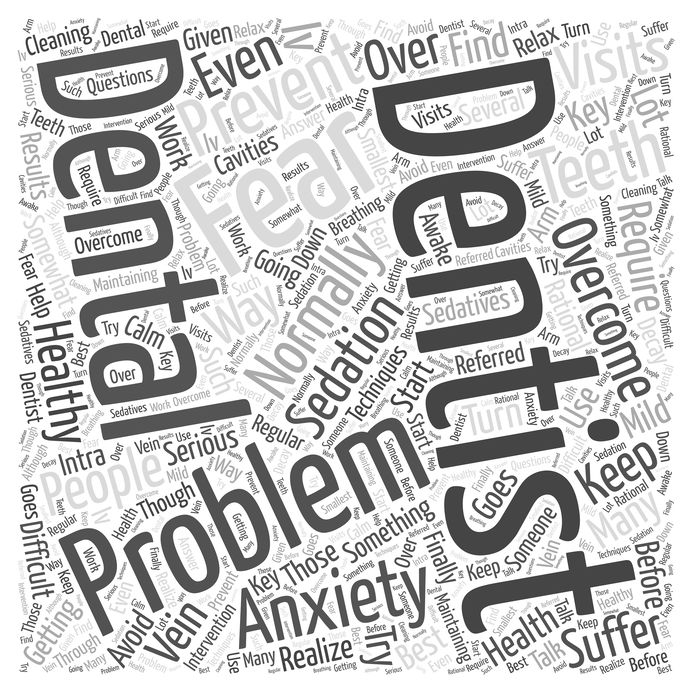Is Sedation Dentistry Used for Teeth Cleanings?
- By Mary Marks
- •
- 19 Nov, 2018
- •

No matter how well we care for our teeth, the appearance of bacterial plaque is inevitable for each of us. Our mouth is a great environment for bacteria that form every time we eat or drink and, despite the fact that we regularly brush our teeth and use other accessories such as dental floss and mouthwash, some of them persist.
To complete the dental care process, the Highlands Ranch sedation dentistry office dentists recommends periodic scaling, a procedure that can be made with manual instruments, ultrasonic instruments or both, able to displace sub-gingival and supra-gingival deposits. In other words, scaling is designed to keep teeth and gums healthy, by removing tartar and bacterial plaque from the surface of the teeth. It is usually followed by a professional dental brushing.
For some patients, this procedure may be unpleasant and involve some degree of discomfort, which is why the dentist may decide to use mild sedation.
This technique eliminates stress and fear of pain, keeping the patient completely relaxed during the treatment, able to work with the dentist but remembering almost nothing at the end of the procedure. Sedation is safer than total anesthesia, which is why it is much more appropriate to be used in non-invasive procedures such as professional teeth cleaning.





Although oral sedation dentistry Highlands Ranch is one of the optionsavailable for managing anxiety and discomfort during oral surgery, you certainly do not need to use it all the time. As a matter of fact, the exact type of sedation or anesthesia that you receive during oral procedures may depend on various factors, such as the complexity of the procedure, your medical problems, as well as your doctor’s preferences.
There can be several different levels of sedation that can be used in oral surgery. Local anesthesia is one of them. This involves injecting anesthetic medication into the specific area where the surgery will take place. It numbs the area and is often used for less invasive procedures.
Oral sedation involves taking medication in the form of a pill to induce a state of relaxation and drowsiness. The patient is still conscious, but he/she may not be fully aware of the procedure. At any rate, sedation helps him/her get rid of anxiety.
In the case of intravenous sedation, medication is administered through a vein, which induces a deeper state of sedation than oral sedation. Patients may still be conscious, but they are less aware of their surroundings and may not remember the procedure.





